The Partisan Struggle for Freedom
Part B: The Partisan Bands
At the beginning there were two different kind of "bands" due to the orientation of their members: the ones of "military" origin and the ones of "political" origin. Later, such distinctions virtually disappeared because the "political" resistance became prevalent.
The following were the political forces and the leanings of the respective partisan groups:
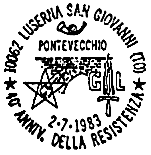
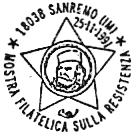
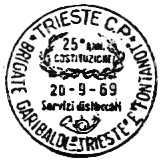
Communists - "Garibaldi's" brigades, with clear reference to the Garibaldian epics and to the anti-fascist fight of the Italian exiles during the Spanish Civil War.
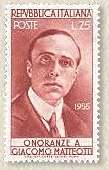
Socialists - "Matteotti's" brigades, in homage to the Deputy and Secretary of the party killed in 1924.
Catholics - "Italy's", "Green Flames", and "Santa Justa" brigades; their action had religious inspiration rather than political.
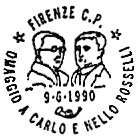
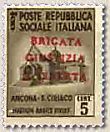
Actionists and Republicans - "Justice and Freedom's" and "Autonomous" brigades; their political creed drew its inspiration from the Rosselli brothers killed in France in 1937. The Liberals and the Monarchists gathered in "Autonomous" brigades.

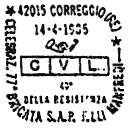

The mountains were immediately found to be the most suitable place to hide and face an enemy with largely superior forces. Only in Emilia-Romagna, due to its environment, was the partisan fight carried out mostly in the cities, in the plains, and along the coast. Within these particular environments the G.A.P. (Partisan Action Groups) were developed, to which reckless sabotage actions were often entrusted. Later, in support of the G.A.P., the S.A.P. (Patriotic Action Squads) were formed; they acted in the city with the aim to carry out disruptive actions and to support the strikes. Their strongpoint was the factory; their hardest task to persuade the workers to join the Resistance while still working at their jobs.
The Germans faced the partisans for the first time in Venezia-Giulia. In mid-September, 1943, the liberation of Istria and of the Lissino and Cherso's isles had begun by popular uprising. In order to put an end to such resistance, new forces came from Germany and again occupied the zone. On October 7, Radio Berlin announced the victory.
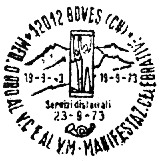
It was in Boves where the first war action against partisan "bands" took place. In the surrounding mountains about one thousand men had taken refuge. In retaliation, the town was set on fire and about fifty civilians were shot.
In the center of Italy we must remember the events at Colle San Marco (AP) and Bosco Matese (TE). In Colle San Marco, a German motorized platoon was attacked by the garrison troops of Ascoli Piceno (September 12, 1943). The reaction was prompt and bloody. Near Bosco Matese, a "military band" had formed, made of more than one thousand men who were soldiers coming from the dissolved army, ex-English prisoners, Slavonians, and many young civilians. Because it represented a serious danger for the rear-lines of the German front, its dissolution was ordered under the threat of retaliation against the population and of bombing over Teramo. The formation was dissolved and a small group shifted elsewhere the zone.

Naples and Lanciano were examples of two popular uprisings. In Naples they fought for four days from street to street, from door to door. A desperate crowd of workers, women and boys erupted against the violence and the orders to turn the city into "mud and ashes". From September 26-29, 1943, on the barricades, the populace, the soldiers, and the patriots fought side by side. Later, the Germans surrendered and left the city in defeat. Some days later, the Allied forces arrived at Naples which had already become completely free.
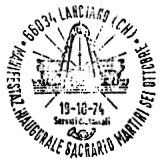
In Lanciano (CH), the population rose, by then intolerant of the abuses of power of the invaders. It happened on October 5, 1943, after the citizens had received arms from the carabineers and excise officers. In a short time, the rebellion was put down and the place was sacked; twenty-two civilians were killed.
In Villadossola (NO), it was the workers in the factories who revolted and incited the population against the invaders. The action took place on November 8, 1943; the Germans had to retreat and Villadossola became free. This was the first example of a city freed by a partisan action led by civilians. Later, when it was occupied once again by the Germans, a strong partisan group was formed in the mountains which was in direct contact with the working forces in the factories. A year later they reaped the fruits of their efforts.
Naples, Lanciano and Villadossola showed clearly the population's mood, by that time tired of every abuse of power.
















